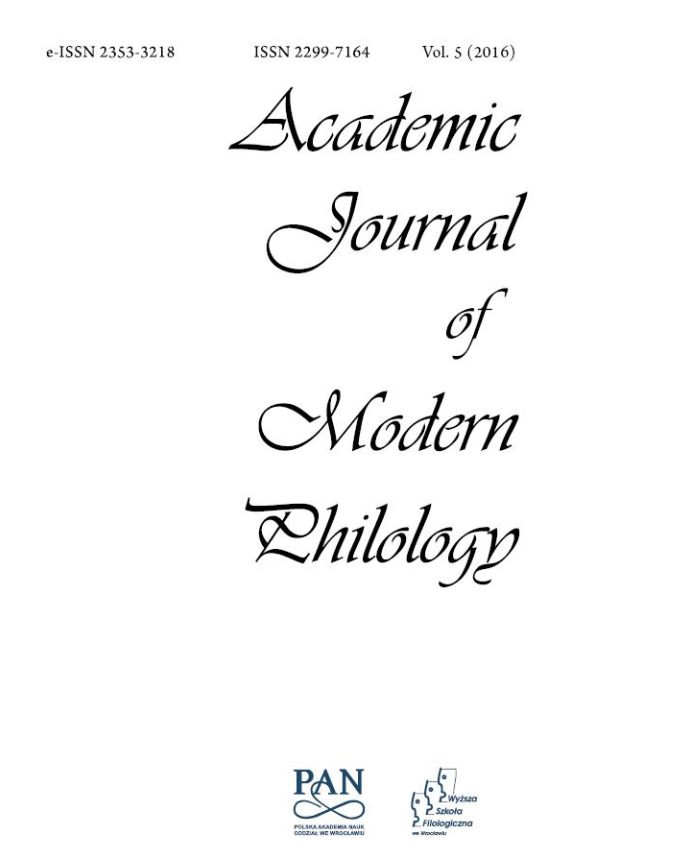The 4-M Model and Convergence in Modern Nahuatl
The 4-M Model and Convergence in Modern Nahuatl
Author(s): Margita PetrovićSubject(s): Language and Literature Studies, Theoretical Linguistics, Morphology
Published by: Komisja Nauk Filologicznych Oddziału Polskiej Akademii Nauk we Wrocławiu
Keywords: 4-M model; morphemes; convergence; Nahuatl; language shift
Summary/Abstract: Almost 500 years of constant contact with the Spanish language have influenced Mexican indigenous languages and their speakers in many different ways, and Nahuatl language makes here no exception. Apart from code-switching and massive borrowings (that include, for instance, core vocabulary and function morphemes), the convergence processes can be clearly found in many modern varieties of Nahuatl language as a step that can be observed next to a process of language shift. The present contribution investigates and examines the convergence process in Nahuatl language within the 4-M model (described in detail in Myers-Scotton & Jake 2000) in order to test the claim that this model can be applied to different kinds of contact language phenomena other than code-switching. This model distinguishes four morpheme types which do not participate equally in language contact phenomena. Some of them, for example, show retention, while others easily undergo an external change. The investigation discussed in the article was carried out in the city of San Sebastian Zinacatepec which is situated in southeastern Puebla in Mexico
Journal: Academic Journal of Modern Philology
- Issue Year: 2016
- Issue No: 5
- Page Range: 121-133
- Page Count: 13
- Language: English

